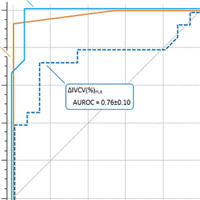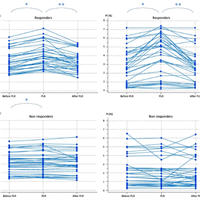Tag: PLR

Correlation of Common Carotid Artery Blood Flow Parameters With TTE-CO for Assessing Fluid Responsiveness After PLR Test in Critically Ill Patients
The passive leg raising (PLR) test is a simple, non-invasive method of knowing fluid responsiveness by acting as an internal-fluid challenge. The PLR test coupled with a non-invasive assessment of stroke volume would be the... read more

IVCDV is not a reliable indicator of preload responsiveness
During mechanical ventilation with Vt = 6 mL/kg, the effects of passive leg raising (PLR) can be assessed by changes in pulse pressure variation (PPV). If inferior vena cava diameter (IVCDV) is used, it should be expressed... read more

Increase in PI during PLR detects a positive response of the PLR test
An increase in perfusion index (PI) during passive leg raising (PLR) by 9% accurately detects a positive response of the PLR test. Three patients were excluded because the plethysmography signal was absent and 3 other... read more








